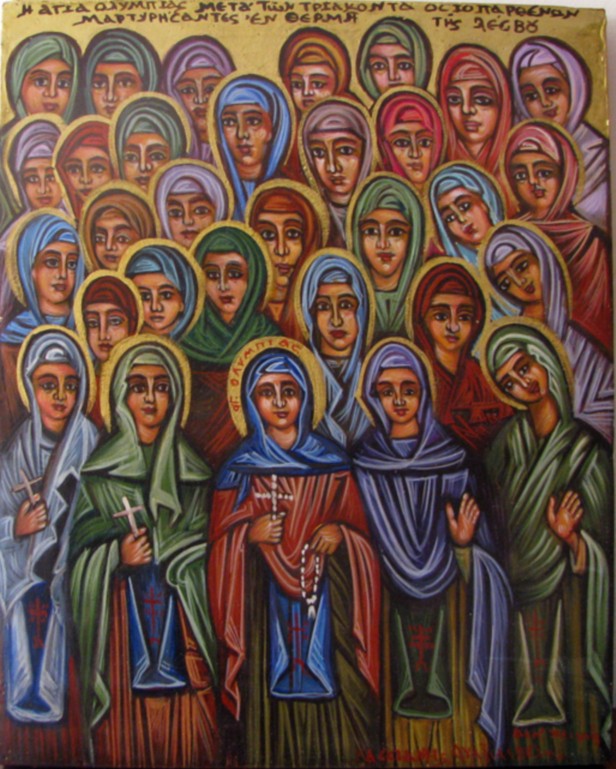

And, as he did, he began cutting the distance separating him from his subject. Look at them in chronological order, and it is clear that Moroni got better and better. The subjects include two men, a young girl and an elderly widow. 1570) - are complemented by two earlier Moroni portraits: “Bartolommeo Bonghi” (shortly after 1553) and “Abbess Lucrezia Agliardi Vertova” (1557). What makes the trip to the Metropolitan especially rewarding is that the two portraits from the Accademia Carrara - “Portrait of a Twenty-Nine Year-Old Man” (1567) and “Portrait of a Little Girl of the Redetti Family” (ca. Oil on canvas, 22 3/8 x 17 1/2 inches (click to enlarge) Giovanni Battista Moroni, “Portrait of a Twenty-Nine Year-Old Man” (1567).

Ideals may be notoriously changeable, but human behavior is more constant, and in their apparent directness the portraits of Moroni have dated no more than the work of other supreme exponents of the portrait - Holbein, Moroni’s predecessor, or van Dyck, Perronneau and La Tour in 18th-century France, or even Goya and Ingres. Certainly Moroni lacked the complete artistry of Titian, and his many religious paintings show a sad inability to organize a narrative or to create convincing idealizations, but his portraits, so far from being merely good likenesses, are, of course, works of the imagination, and of a very personal kind, which should not be too strictly compared with the tradition represented by Titian. Several of his most celebrated portraits were for a long time wrongly attributed to Titian, and he himself is sometimes known as the ‘poor man’s Titian’ - an artist somehow deficient in imagination and capable of little more than capturing a vivid likeness in a portrait. Moroni lived almost his entire life under the distant shadow of Titian, who dominated painting in northern Italy for much of the 16th century. This is what Allan Banham wrote in the catalogue: 1570), which is better known by its informal name, “The Tailor.” According to the modest, stapled catalogue published on the occasion of the exhibition, The National Gallery “possesses the most comprehensive collection of his portraits ever assembled together.” In 1978, on the 400th anniversary of his death, the National Gallery, London, mounted an exhibition of Moroni’s portraits, including his masterpiece “Portrait of a Man” (ca. It seems to me another reason could be that Moroni’s painting invites the viewer to believe that it might be a portrait of Bellini, Titian or Lotto when they were young men. But the cover could be saying, editorially, that while Bellini, Titian, and Lotto are the presumed attractions, it is Moroni’s image of a tense young man, with closely cropped hair and beard, that genuinely grips our attention. Perhaps the designer of the appealingly small-sized catalog chose the Moroni, a 1567 portrait of a young man with a background of a neutral color, because, more than other pictures in the show, it provided a good space to set forth the lengthy title. In his excellent article in the New York Review of Books (August 16, 2012), Sanford Schwartz writes: Curiously enough, his “Portrait of a Twenty-Nine-Year-Old Man “ (1567) graces the front cover of the exhibition catalog by Andrea Bayer and M. Moroni is not a headliner, as Bellini, Titian and Lotto’s top spot in the exhibition’s title makes clear.


 0 kommentar(er)
0 kommentar(er)
